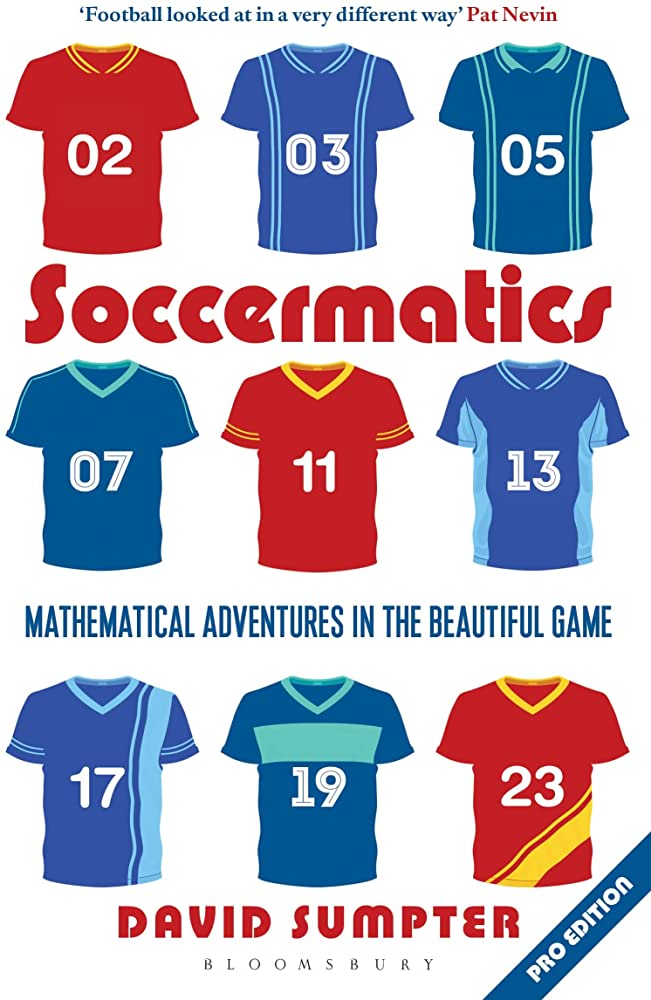Soccer is a game that is heavily influenced by fundamental concepts of physics. The laws of motion, including inertia and action-reaction, describe how players interact with the ball and move across the field. The Bernoulli effect, which is the principle that as the speed of a fluid increases, its pressure decreases, allows a soccer ball to curve as it travels through the air. Players need to understand the physics of movement and trajectory to make strategic moves on the field, and speed and acceleration are critical concepts. Overall, understanding the science behind soccer can help players and fans appreciate the skill and athleticism involved in the sport.
The Science of Soccer: Understanding the Physics of the Beautiful Game
Introduction
Soccer, also known as football, is one of the most popular sports in the world, with billions of avid fans and players. Every day, hundreds of thousands of soccer balls are kicked around the world, but do we really understand the physics behind this beautiful game? Every move, pass, shot, and save in soccer is influenced by fundamental concepts of physics. In this article, we will dive into the science of soccer and explore how physics shapes the game we all know and love.
The Laws of Motion
One of the primary concepts of soccer is the laws of motion. These laws, developed by Sir Isaac Newton, describe the behavior of objects in motion. They are critical in understanding how players interact with the ball and move across the field.
First Law: Inertia
The first law of motion states that an object at rest will remain at rest, and an object in motion will continue to move in a straight line at a constant velocity unless acted upon by an external force. In soccer, this law can be seen when a ball is sitting still on the field. It will not move until a player applies an external force by kicking it.
Second Law: Force
The second law of motion states that the acceleration of an object is directly proportional to the force applied to it and inversely proportional to its mass. In soccer, this law can be seen when a player applies force to the ball by kicking it. The amount of force applied will determine how fast the ball moves and how far it travels.
Third Law: Action-Reaction
The third law of motion states that for every action, there is an equal and opposite reaction. In soccer, this law can be seen when a player kicks the ball. The force of the kick will result in an equal and opposite force from the ball, which will then propel the ball forward.
The Bernoulli Effect
Another important concept in soccer is the Bernoulli effect. The Bernoulli effect is the principle that as the speed of a fluid (such as air) increases, its pressure decreases. In soccer, this effect can be seen when players kick the ball, and the ball moves through the air.
The Bernoulli effect is what allows a soccer ball to curve as it travels through the air. When a player kicks the ball, a smooth surface of the ball is facing the direction of travel, and another surface is facing perpendicular to it. This creates a difference in air pressure around the ball. The air moves more quickly over the smooth side, creating an area of lower pressure, while the side facing perpendicular to the direction of travel experiences higher pressure. This difference in pressure causes the ball to curve in the air, enabling players to direct it towards the goal or around defenders.
Movement and Trajectory
Players in soccer need to move strategically across the field to make plays and score goals. Understanding the physics of movement and trajectory can help them to achieve this.
Projectile Motion
In soccer, a player’s body becomes a projectile when they kick the ball. The motion of the ball through the air is known as projectile motion. The trajectory of the ball is determined by the angle of the player’s foot at the time of the kick, as well as the speed and direction of the kick.
A low angle kick results in a low trajectory, while a higher angle kick results in a higher, more arcing trajectory. The speed of the kick also affects the trajectory, with a faster kick resulting in a flatter, more direct trajectory.
Speed and Acceleration
Speed and acceleration are critical concepts in soccer. Players need to move quickly across the field to make plays, intercept passes, and score goals. Speed is the rate at which an object moves, while acceleration is the rate at which the speed of an object changes.
In soccer, players can increase their acceleration by using explosive movements, like jumping or sprinting. They can also improve their speed by improving their overall strength and conditioning.
Conclusion
Soccer is a beautiful game that is steeped in the laws of physics. Understanding the science behind the sport can help players and fans to appreciate the incredible skill and athleticism required to excel at soccer at the highest levels. From the laws of motion to the Bernoulli effect and the principles of movement and trajectory, physics plays a significant role in every aspect of the game.
